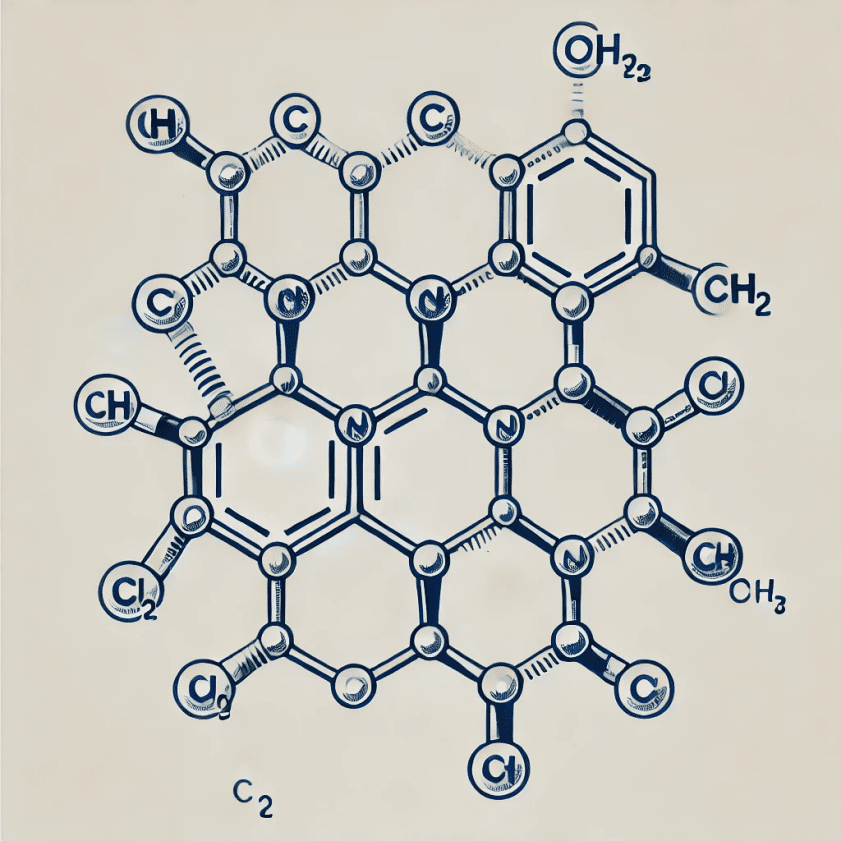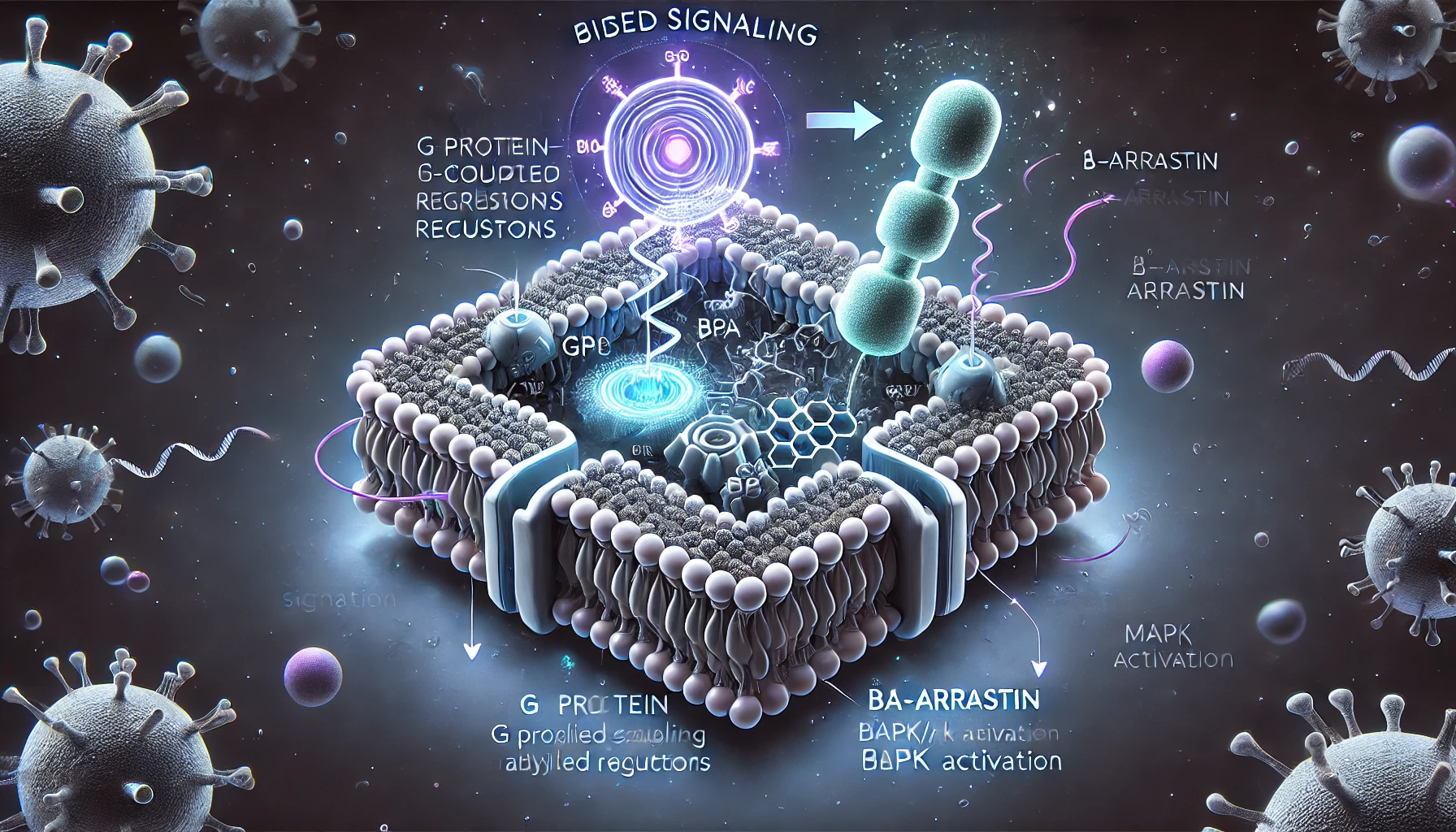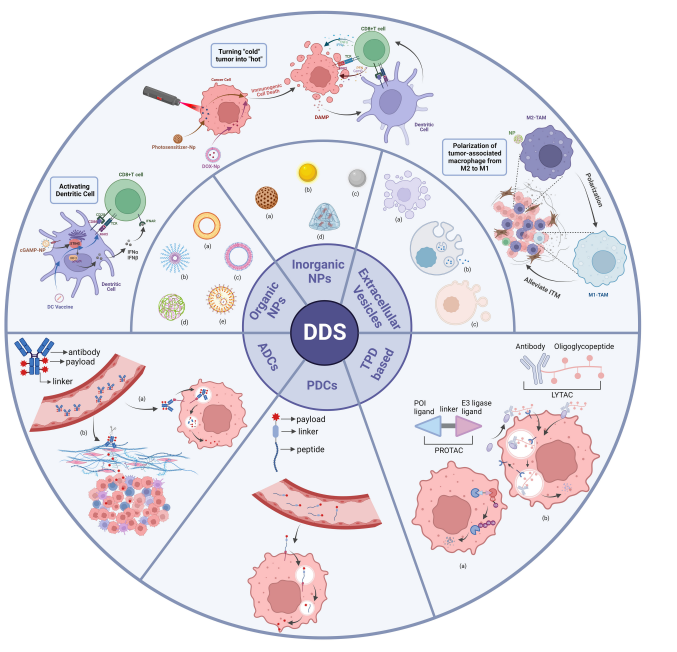The Comprehensive Guide to 2,6-Dichloroquinone-4-chloroimide: Properties, Applications, and Safety
Abstract
2,6-Dichloroquinone-4-chloroimide, commonly known as Gibb’s reagent, is a critical compound in analytical chemistry, primarily used for detecting phenolic compounds. This blog explores the chemical’s properties, applications, and safety measures. Gibb’s reagent, characterized by its stability and reactivity towards phenolic compounds, forms the basis of the Gibb’s test, a standard method for phenol detection. The reagent’s versatility extends to various industrial and research applications, highlighting its significance in quality control and biochemical studies. Emphasizing the importance of proper handling and storage, the blog underscores the need for safety precautions due to the compound’s potential health hazards. The conclusion provides an outlook on the future relevance of 2,6-Dichloroquinone-4-chloroimide in scientific research and industrial practices.
Introduction
2,6-Dichloroquinone-4-chloroimide, commonly known as Gibb’s reagent, is a chemical compound with significant importance in analytical chemistry. This compound is characterized by its distinctive structure, which includes a quinone core with chlorine substituents at the 2, 4, and 6 positions. The molecular formula for 2,6-Dichloroquinone-4-chloroimide is C6H2Cl3NO, reflecting its complex composition and reactivity.
Gibb’s reagent was first synthesized and introduced to the scientific community in the early 20th century by chemist H.L. Gibb, after whom it is named. Gibb’s contributions to chemistry were foundational in developing methods for detecting phenolic compounds, which are crucial in various biochemical and industrial processes. The discovery of this reagent marked a significant milestone, providing a reliable tool for qualitative and quantitative analysis of phenols.
The chemical structure of 2,6-Dichloroquinone-4-chloroimide allows it to interact with phenolic compounds, forming colored complexes that are easily detectable. This interaction is the basis for its widespread use in analytical procedures. The compound appears as a yellow crystalline solid, known for its stability under standard conditions, making it convenient for laboratory use.
Throughout its history, Gibb’s reagent has been essential in advancing analytical techniques. Its ability to form chromogenic complexes with phenolic compounds has made it a staple in the toolkit of chemists and biochemists. This reagent’s role extends beyond routine analysis, influencing research and development in various scientific fields.
In summary, 2,6-Dichloroquinone-4-chloroimide remains a vital chemical in analytical chemistry, with a rich history rooted in its discovery and development. Its unique chemical properties and significant applications underscore its continued relevance in scientific research and industrial practices.

Chemical Properties
2,6-Dichloroquinone-4-chloroimide, or Gibb’s reagent, exhibits several distinctive chemical properties that make it valuable in analytical chemistry. As a yellow crystalline solid, it is characterized by a high degree of stability under standard laboratory conditions. This stability is attributed to the robust quinone core and the chlorine substituents that confer resistance to degradation.
The physical properties of Gibb’s reagent include its melting point, which is approximately 125-130°C, and its solubility profile. It is moderately soluble in organic solvents such as ethanol and methanol but less so in water. These solubility characteristics are essential for its application in various analytical methods, as they allow for easy preparation of reagent solutions.
Chemically, 2,6-Dichloroquinone-4-chloroimide is highly reactive towards phenolic compounds. This reactivity is the cornerstone of its use in the Gibb’s test, where it forms colored complexes upon interaction with phenols. The reaction mechanism involves nucleophilic substitution, where the phenolic hydroxyl group reacts with the quinone moiety, leading to the formation of a chromogenic complex. This property is exploited in both qualitative and quantitative analyses of phenolic substances.
Additionally, Gibb’s reagent is known for its specificity. It reacts predominantly with phenolic groups, which minimizes interference from other functional groups in complex mixtures. This specificity, coupled with its stability and reactivity, makes it an indispensable tool in the chemist’s arsenal for detecting and analyzing phenolic compounds.
Applications and Uses
The primary application of 2,6-Dichloroquinone-4-chloroimide is in the field of analytical chemistry, particularly in the detection and quantification of phenolic compounds. The Gibb’s test is a well-established method where this reagent is used to identify phenols through the formation of a blue or green color, which can be measured spectrophotometrically. This colorimetric response is not only qualitative but also allows for quantitative analysis by correlating the intensity of the color with the concentration of phenols present.
In industrial settings, Gibb’s reagent is utilized for quality control processes, especially in industries where phenolic compounds are prevalent, such as in the production of dyes, resins, and pharmaceuticals. The ability to accurately detect phenols ensures the consistency and safety of the final products.
In research and development, 2,6-Dichloroquinone-4-chloroimide plays a critical role in biochemical studies. It is used to monitor phenolic metabolites in various biological samples, aiding in understanding metabolic pathways and disease mechanisms. Its application extends to environmental science as well, where it helps in monitoring phenolic pollutants in water and soil, contributing to environmental protection efforts.
Overall, the versatility of Gibb’s reagent in analytical, industrial, and research applications underscores its importance. Its ability to provide precise and reliable detection of phenolic compounds continues to make it a valuable resource in various scientific and industrial fields.
Safety and Handling
2,6-Dichloroquinone-4-chloroimide (Gibb’s reagent) requires careful handling due to its potential health hazards. This compound can be harmful if inhaled, ingested, or absorbed through the skin, and it may cause irritation to the eyes, skin, and respiratory system. It is essential to use appropriate personal protective equipment (PPE), including gloves, safety goggles, and lab coats, when handling this reagent.
Toxicity studies indicate that prolonged or repeated exposure to Gibb’s reagent can lead to more severe health effects, including possible damage to internal organs. Therefore, it is crucial to work in a well-ventilated area or a fume hood to minimize inhalation risks. In case of skin or eye contact, the affected area should be flushed with plenty of water, and medical attention should be sought immediately.
Proper storage of 2,6-Dichloroquinone-4-chloroimide is vital to maintain its stability and prevent accidents. The reagent should be stored in a cool, dry place, away from incompatible substances such as strong oxidizing agents. It should be kept in tightly sealed containers to avoid moisture ingress, which can degrade the compound and reduce its effectiveness.
Disposal of Gibb’s reagent must follow local regulations for hazardous chemical waste. It is recommended to consult the Material Safety Data Sheet (MSDS) and local environmental health and safety guidelines to ensure compliance with disposal procedures.
Conclusion
2,6-Dichloroquinone-4-chloroimide, commonly known as Gibb’s reagent, is a valuable tool in analytical chemistry, particularly for the detection and quantification of phenolic compounds. Its unique chemical properties, including stability and reactivity, have made it a staple in both laboratory and industrial applications.
The safety and handling of Gibb’s reagent are critical aspects that cannot be overlooked. Proper precautions, including the use of PPE, adequate ventilation, and correct storage and disposal practices, are essential to ensure safe usage.
Looking ahead, the future of 2,6-Dichloroquinone-4-chloroimide lies in its continued application and potential advancements in analytical methods. As research progresses, new uses and more efficient techniques involving this reagent may emerge, further cementing its role in scientific and industrial fields.
In summary, the importance of 2,6-Dichloroquinone-4-chloroimide in detecting phenolic compounds, coupled with its extensive application range and the necessity for proper handling, underscores its significance in both current and future scientific endeavors.




